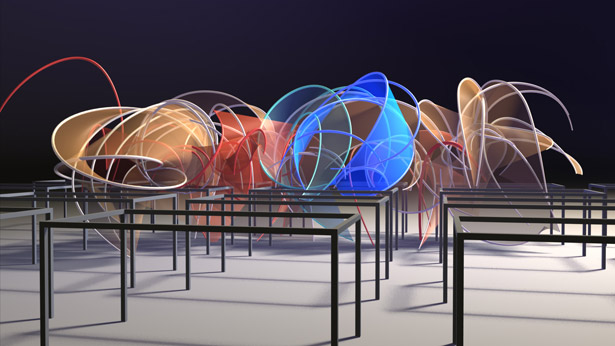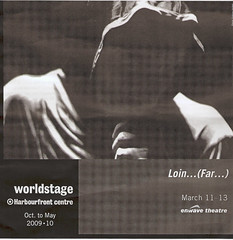The Paris based interdisciplinary artist and sustainability specialist Jeanne Bloch was awarded the dance-tech AIR Berlin for the month of FEBRUARY 2014.
Congratulations!
This is her page in dance-tech.net
http://www.dance-tech.net/profile/JeanneBloch
During her residency she will work at the beautiful Lake Studios Berlin next February she will work on her project Augmented Dance by light: A research on e-textile and dance
During her Dance-Tech/Lake Studio Residency, she will continue her research on e-textile and dance with the help of Pauline Vierne,http://www.dance-tech.net/profile/PAULINEVIERNE.
By using different techniques to light the body space, she creates a material that is neither light neither movement but can exist only by the combination of both.
"Work at the Lake Studios will help me create a vocabulary based on movement and light. As an outcome of this work, I will design a framework for a 4D dance/light class!!".
This research is part of TAFO#2 - The Temple Had Oblique Window. A dance performance that discuss today's role of climate change discourse.
http://jeannebloch.com/work-in-progress
Jeanne Bloch is an interdisciplinary artist using her mixed background as a choreographer-artist and sustainability specialist. Jeanne worked on issues such as fair trade, child labor, sustainable consumption and global warming…Issues that drive her artistic work as well.
In December 2009, she started at the occasion of the Copenhagen Summit an ongoing artistic project: “The Man with a Dove” and was also a member of the Climate Sustainability Platform at COP15. In the same time, she initiated Twice Out of Paradise, a research program integrating ecological experimentation and choreographic creation, which benefited from a residency “d’essai” at the Paris based cultural center,104. In 2012, she organized in collaboration with the artist Prue Lang a workshop on ecological experimentation in dance performance hosted by Théâtre de la Ville in Paris. In 2013, she was selected to present her approach at FASTE#1 professional day on Arts and Sciences @ La Faïencerie, Théâtre de Creil.
She was an invited artist to Imagine 2020 (Art & Climate Change) Summer Lab #2 in Portugal. Jeanne isIRCASE (International Research Chair in Art and Sustainable Enterprise) associate artist and a member of the AACORN Art & Business Network. She enjoyed being a student at Stanford Practice Based Research in the Arts MOOC/course from Leslie Hill, Associate Professor, Performance Making and Helen Paris, Associate Professor, Performance Making.
Jeanne lives in Paris and worked in Europe, the United States, South Korea, Republic of the Congo, Israel and El Salvador.



